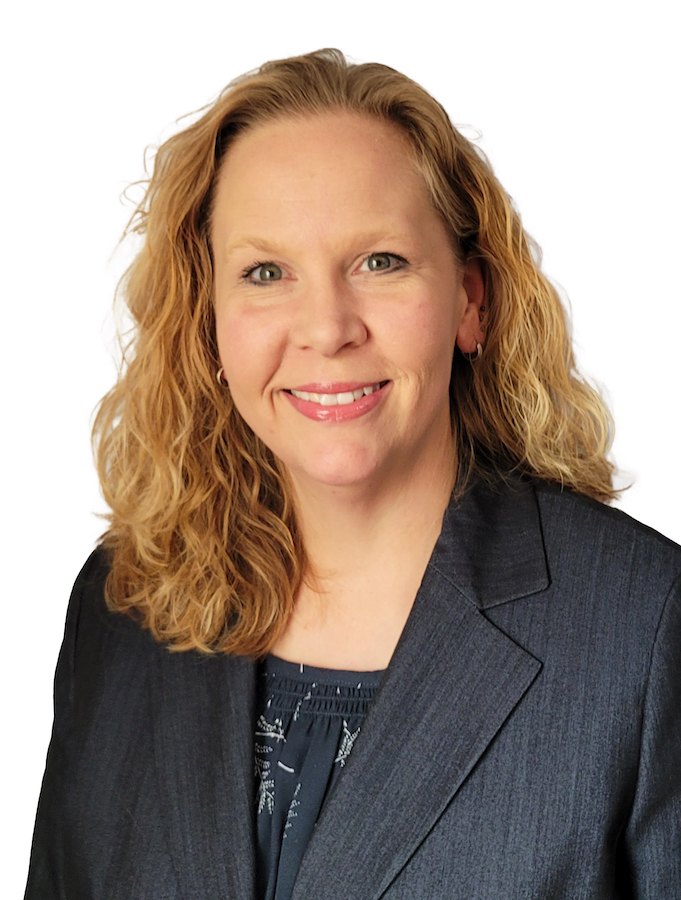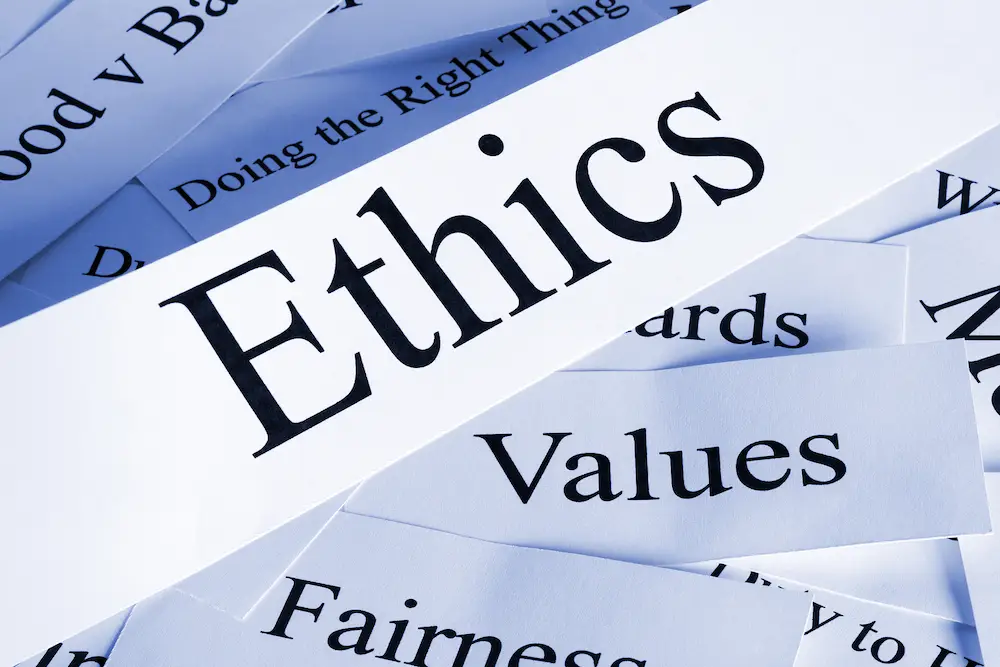20 Oct Did You Know: The Key Differences Between Grants and Donations by Roxanne Jensen, Ed.S., GPC
Posted at 18:00h
in Competency Eight, Competency Five, Competency Four, Funder Relations, Funding, Grants Management, Roxanne Jensen, ED. SPEC., Strategy
Too often, there is confusion between grants and donations in nonprofit organizations. When it comes to nonprofit funding, these two terms are often used interchangeably. Additional confusion can be found when major individual donors begin making donations in amounts similar to what an organization can expect to receive as a grant from a foundation. Nonprofit professionals know that both funding streams mean revenue for their organization but may only have a vague understanding of the distinct characteristics and requirements of each. Understanding the key differences between the two helps nonprofit professionals make informed decisions on funding strategies.








